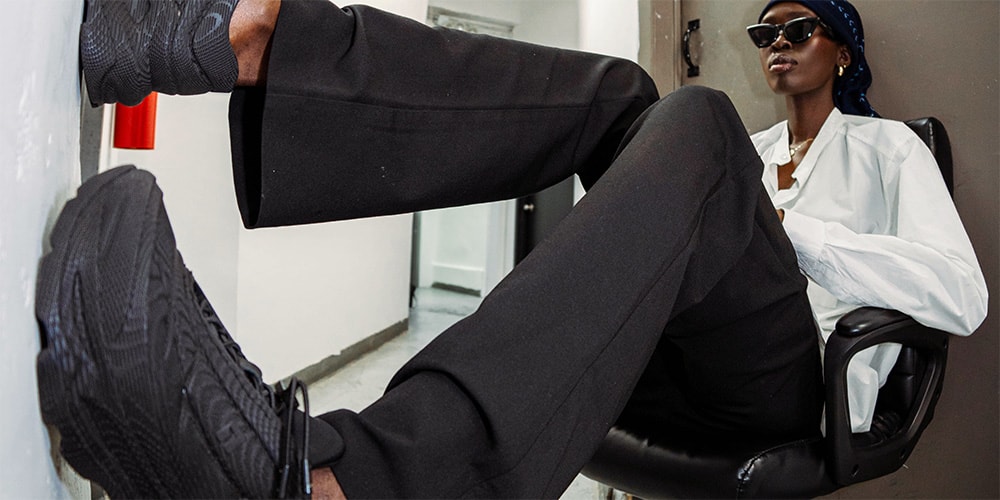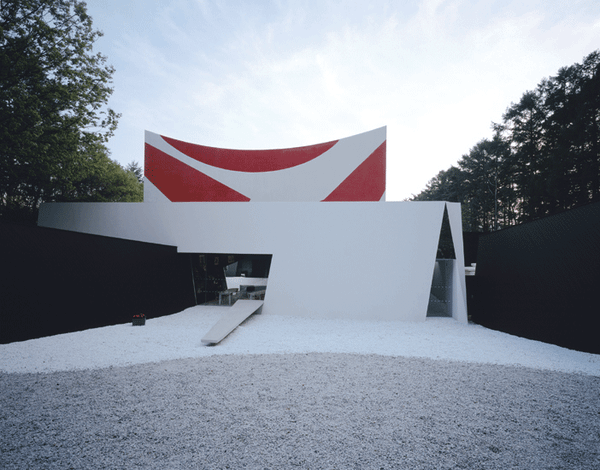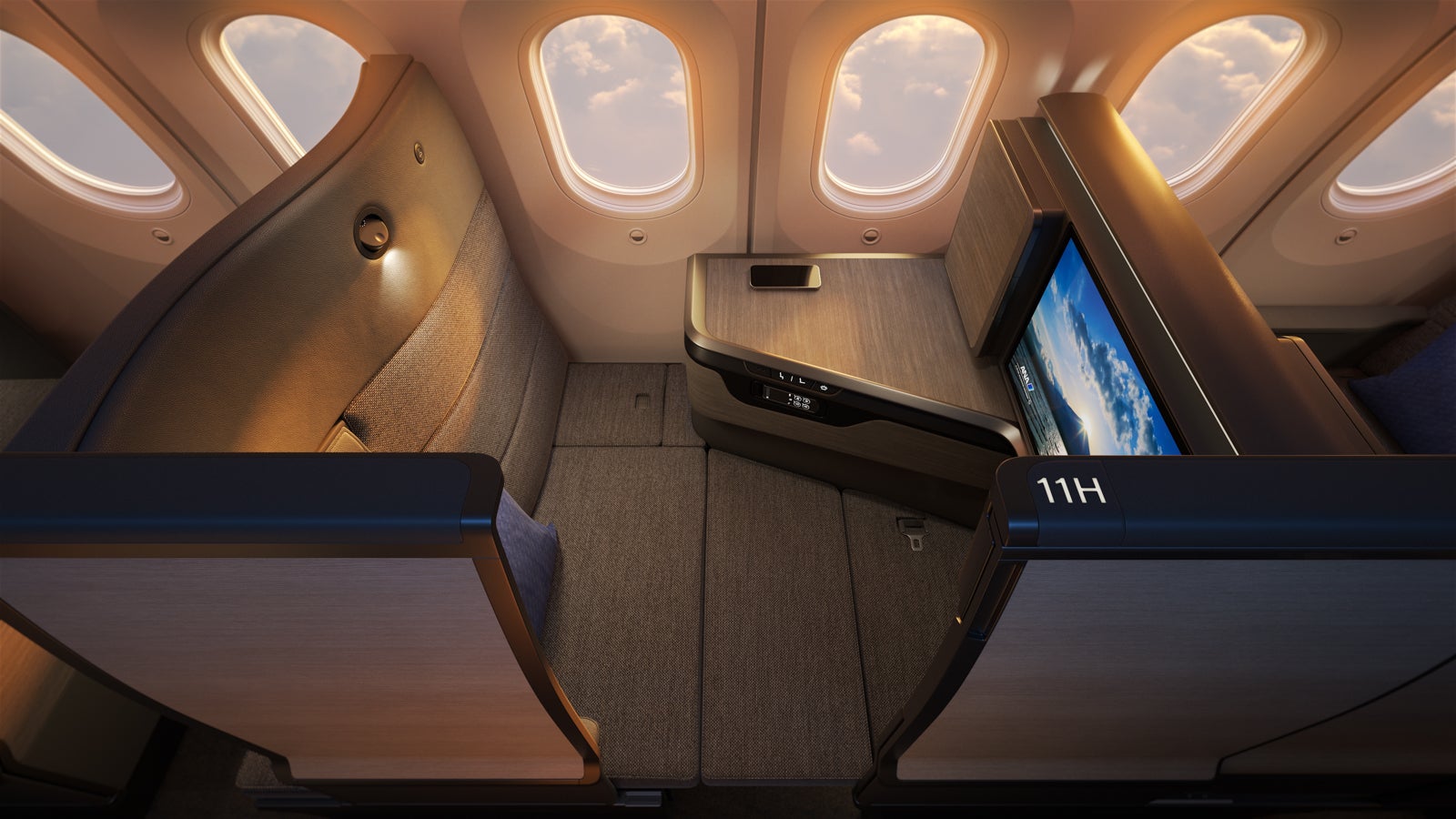Microsoft just came right out and said that the next Xbox will be a PC
Microsoft announced Tuesday that it has signed a deal with AMD to “co-engineer silicon” — make the chips, in other words — for its “next-generation Xbox consoles.” President of Xbox Sarah Bond made the announcement in a short video posted to YouTube. In itself, this isn’t that significant. AMD has been the chip supplier for […]


Microsoft announced Tuesday that it has signed a deal with AMD to “co-engineer silicon” — make the chips, in other words — for its “next-generation Xbox consoles.” President of Xbox Sarah Bond made the announcement in a short video posted to YouTube.
In itself, this isn’t that significant. AMD has been the chip supplier for Xbox since the days of the Xbox 360 (and, indeed, for PlayStation since the PlayStation 4). But the way Bond spoke about the platform was quite revealing about the potentially radical form the next Xbox will take.
Bond signalled quite strongly that the next-generation Xbox consoles (plural) would run on Windows, and would not be “locked to a single store.” This tallies with persistent rumors that future Xboxes would be more open, PC-like devices. The announcement also follows the unveiling of the ROG Xbox Ally — an Xbox-branded handheld console built by PC manufacturer Asus which runs on Windows and provides access to Steam and other gaming storefronts.
“This is all about building you a gaming platform that’s always with you, so you can play the games you want across devices anywhere you want, delivering you an Xbox experience not locked to a single store or tied to one device,” Bond said of the AMD partnership. “That’s why we’re working closely with the Windows team to ensure that Windows is the number one platform for gaming.”
The Xbox Ally runs on a streamlined version of Windows and has a console-like interface. But it is missing one key component of an Xbox console: the ability to play Xbox console games natively. It will only play Xbox games that have PC versions.

Bond moved to reassure fans that this won’t be true of the next-generation Xbox by mentioning that it would be backward-compatible. “Together with AMD we are advancing the state of art in gaming silicon to deliver the next generation of graphics innovation, to unlock a deeper level of visual quality, and immersive gameplay and player experiences enhanced with the power of AI, all while maintaining compatibility with your existing library of Xbox games,” she said.
Beyond that, the language of the announcement was vague and deliberately open, couching mention of the consoles within the context of a broader “portfolio of devices” and as part of a “next-generation hardware lineup across console, handheld, PC, cloud, and accessories.” Microsoft is once again emphasising its “This is an Xbox” messaging that envisions consoles as just one of many ways to play Xbox games.
Bond mentioned plural Xbox consoles “in your living room and in your hands,” which might suggest that Microsoft is making its own handheld device — although recent reports say that the in-house handheld Xbox project has been abandoned.
Microsoft and AMD’s partnership means that the next-generation Xbox won’t have access to DLSS, Nvidia’s market-leading AI upscaling technology, which has provided huge performance and efficiency gains for PC gaming and is now doing the same for Nintendo’s Switch 2. AMD and Sony’s attempts to replicate its success have so far been much less impressive.
Still, after two console generations of Xbox and PlayStation operating in virtual lockstep in terms of hardware design, it now seems as if they are going to diverge, with Microsoft presenting a very different vision of what a game console can be. Interesting times ahead.




































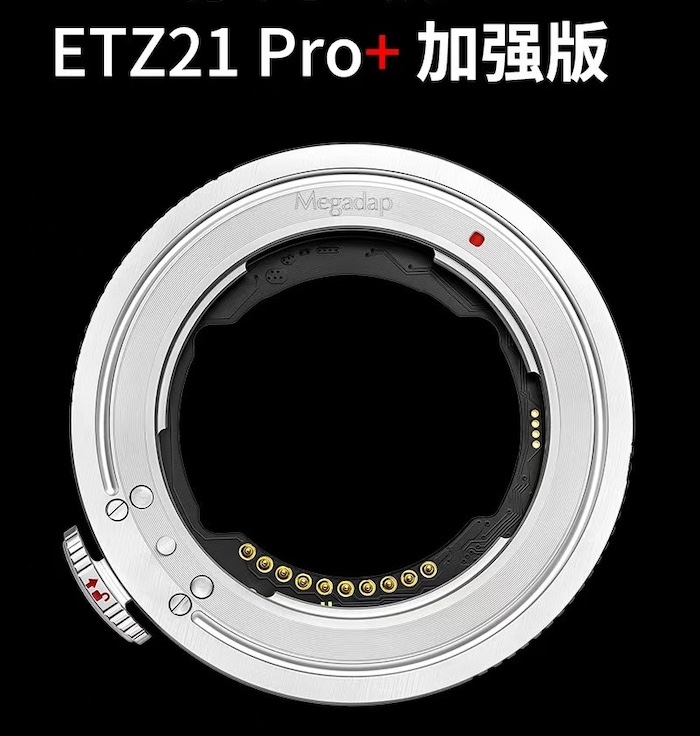

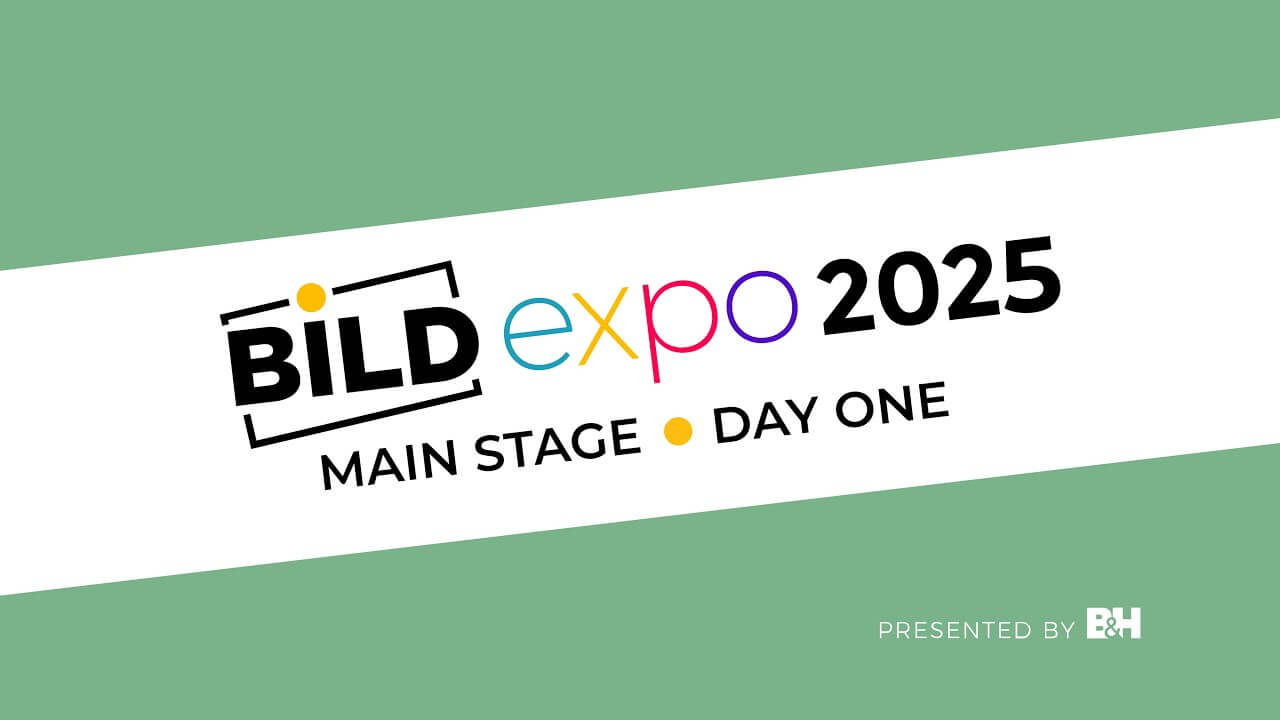



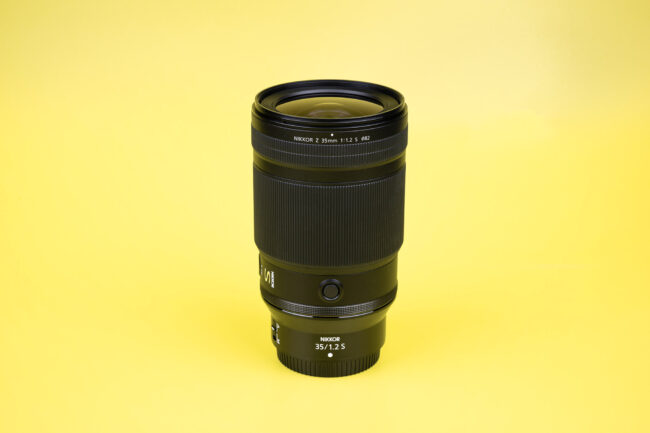










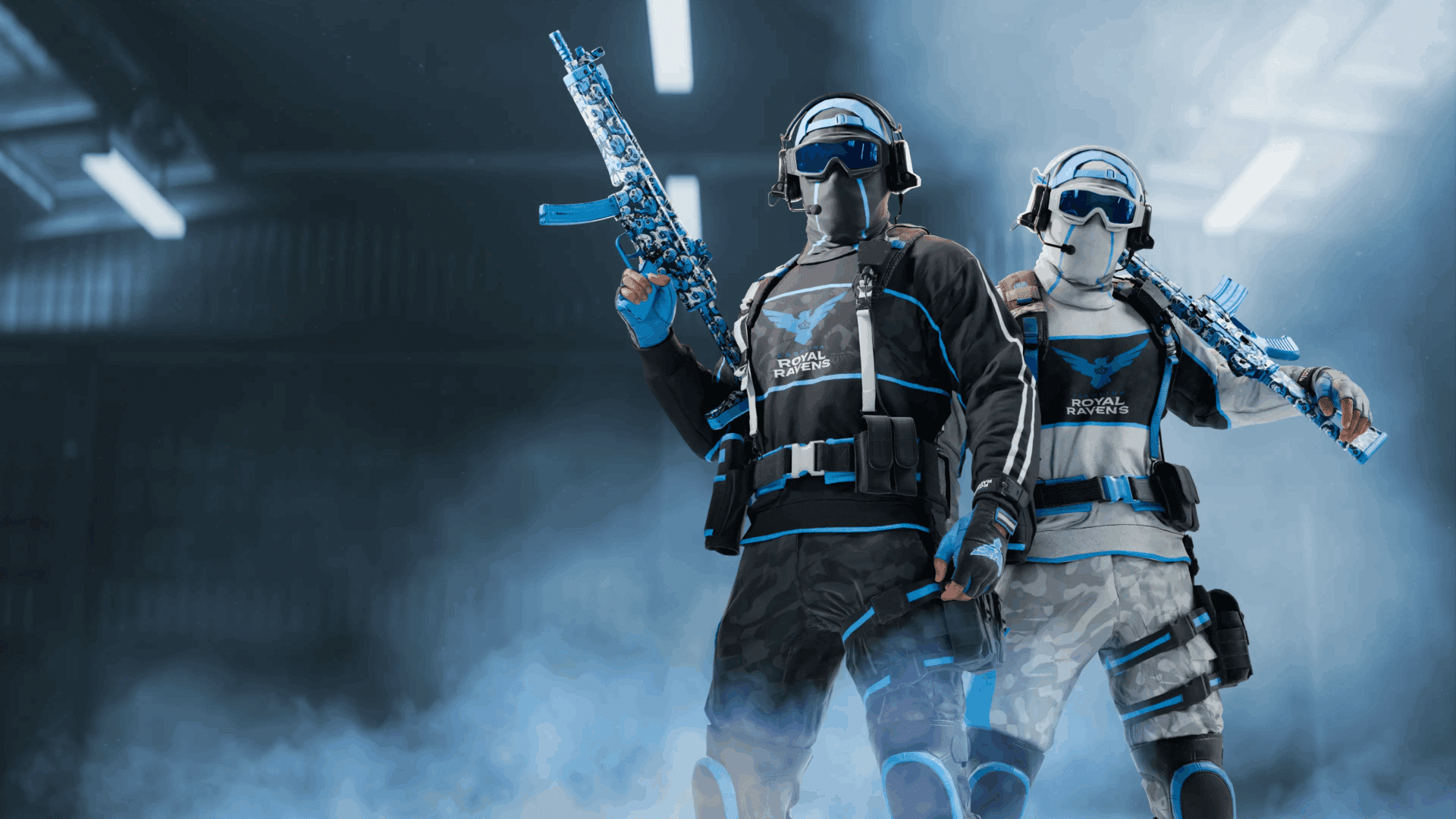
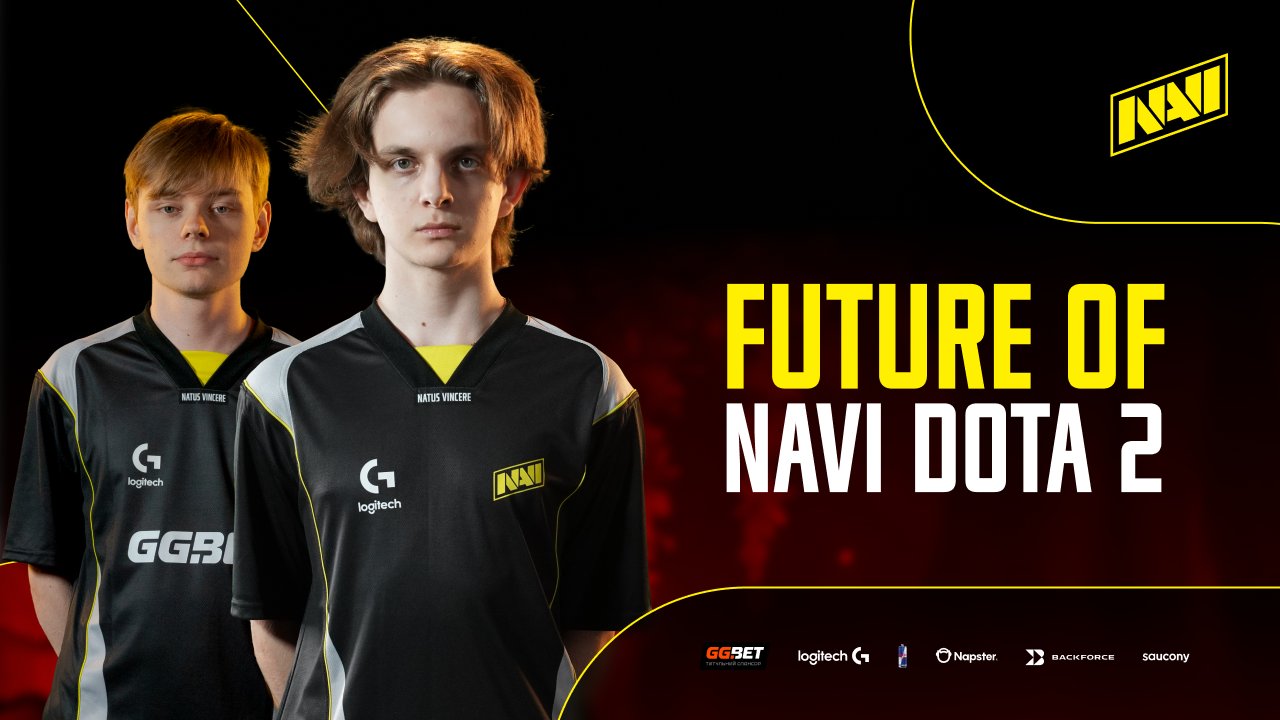
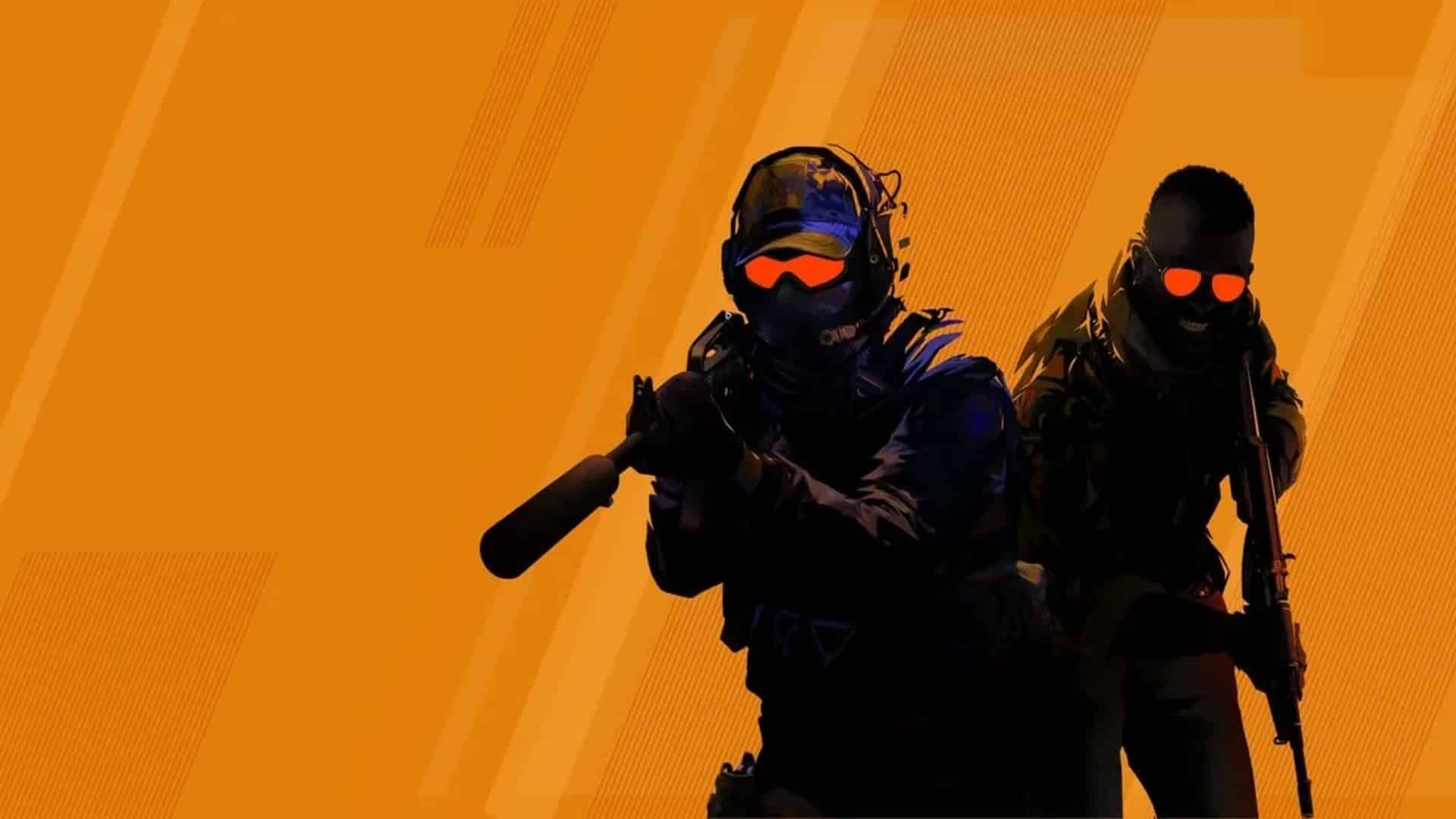
















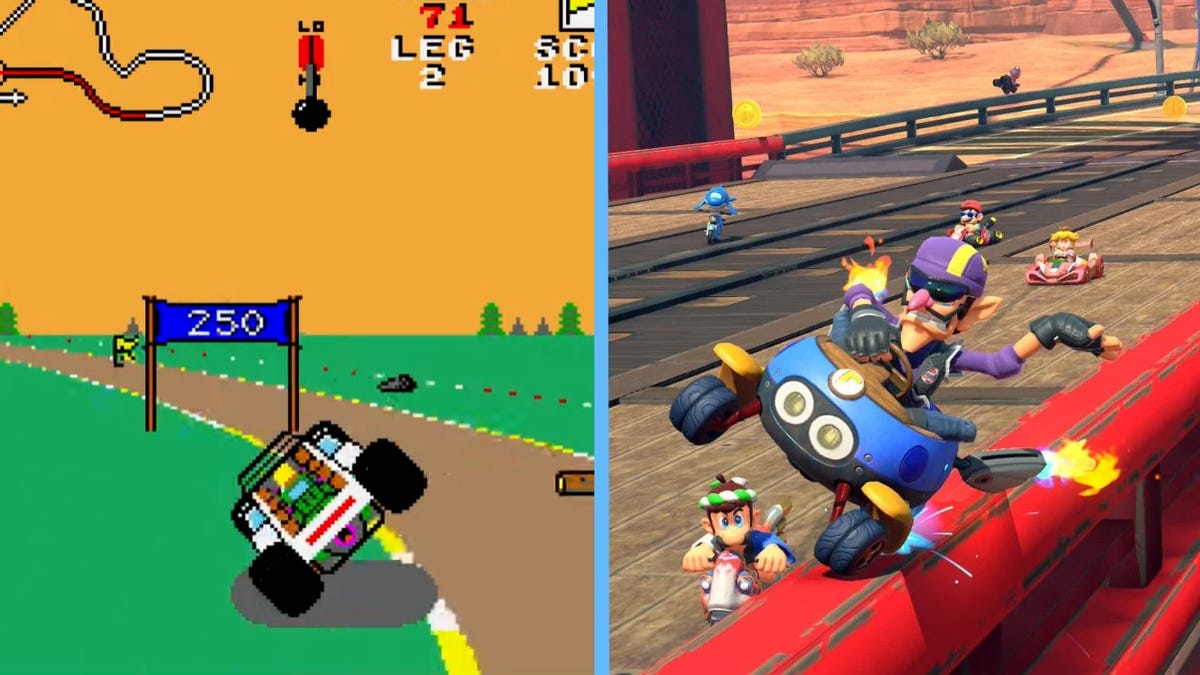















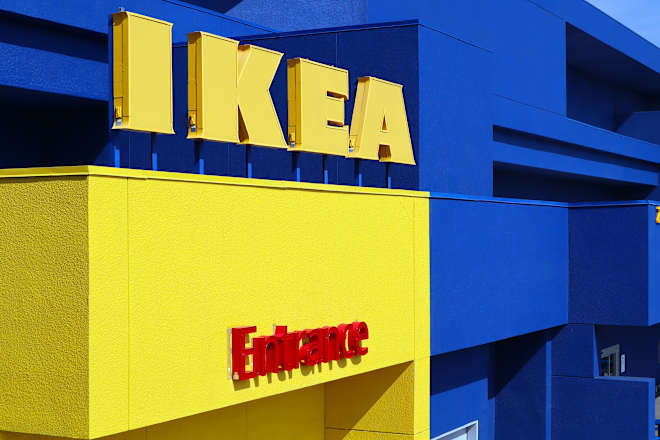
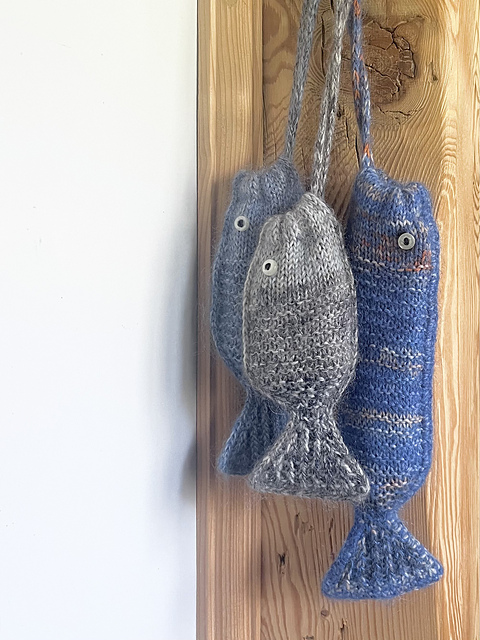






















































































.jpg)




